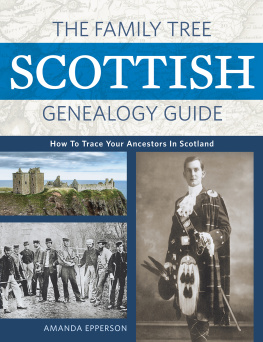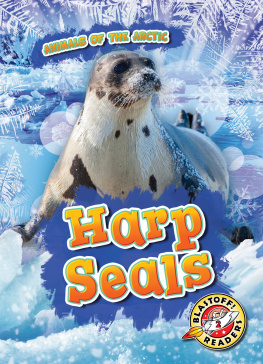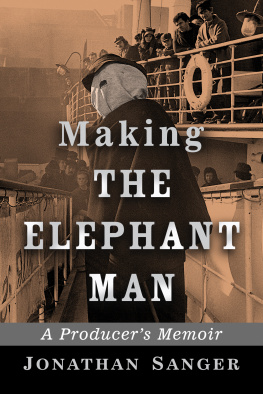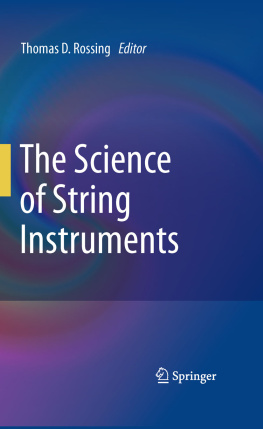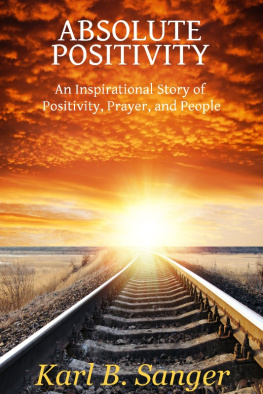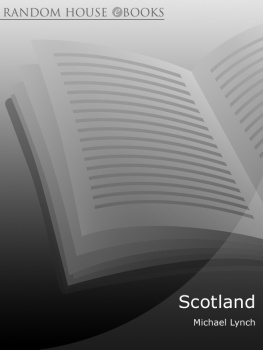ROUTLEDGE LIBRARY EDITIONS: FOLK MUSIC
Volume 8
TREE OF STRINGS
TREE OF STRINGS
Crann nan teud: a history of the harp in Scotland
KEITH SANGER & ALISON KINNAIRD
First published in 1992 by Kinmor Music. Re-setting 2015 by John Slavin,
Designfolk.
This edition first published in 2016
by Routledge
2 Park Square, Milton Park, Abingdon, Oxon OX14 4RN
and by Routledge
711 Third Avenue, New York, NY 10017
Routledge is an imprint of the Taylor & Francis Group, an informa business
1992 Kinmor Music
All rights reserved. No part of this book may be reprinted or reproduced or utilised in any form or by any electronic, mechanical, or other means, now known or hereafter invented, including photocopying and recording, or in any information storage or retrieval system, without permission in writing from the publishers.
Trademark notice: Product or corporate names may be trademarks or registered trademarks, and are used only for identification and explanation without intent to infringe.
British Library Cataloguing in Publication Data
A catalogue record for this book is available from the British Library
ISBN: 978-1-138-94398-8 (Set)
ISBN: 978-1-315-66734-8 (Set) (ebk)
ISBN: 978-1-138-12405-9 (Volume 8) (hbk)
ISBN: 978-1-315-64840-8 (Volume 8) (ebk)
Publishers Note
The publisher has gone to great lengths to ensure the quality of this reprint but points out that some imperfections in the original copies may be apparent.
Disclaimer
The publisher has made every effort to trace copyright holders and would welcome correspondence from those they have been unable to trace.
tree of strings
crann nan teud
a history of the harp in Scotland
KEITH SANGER
&
ALISON KINNAIRD
Strange that a harp of thousand strings
Should keep in tune so long.
Dr. Isaac Watts Hymns and Spiritual Songs
The publisher acknowledges subsidy from the Scottish Arts Council towards the publication of this volume
Published by | Kinmor Music |
Shillinghill |
Temple, |
Midlothian EH23 4SH Scotland |
Kinmor Music 1992
All rights reserved. No part of this publication may be reproduced, stored in a retrieval system, or transmitted, in any form or by any means, electronic, mechanical, photocopying, recording or otherwise, without the prior permission of the publishers.
British Library Cataloguing in Publication Data
A catalogue record for this book is available from the British Library.
ISBN 0-9511204-3-3 Hardback
ISBN 0-9511204-4-1 Paperback
Cover painting Harp by John Haxby
Cover design by Graham Ogilvie
Typeset from disk by Alphaset Graphics, Edinburgh
Printed in Scotland by Scotprint, Musselburgh
CONTENTS
The Harp in Legend and Song
The earliest archaeological evidence
Early literary references and nomenclature in Gaelic areas
Early literary references in non-Gaelic areas
Descriptions of surviving instruments
The history of the three old harps examined
The harp at the Royal Court of Scotland
The harp in non-Gaelic areas
Irish travelling harpers and musical connections
Highland clans and their harping connections
Three harpers of the mid 17th and 18th centuries
Perthshire as a centre of harping activity
The decline of the harp in the Highlands
The music of the harps
The harp in 19th-century Scotland
The harp in the 20th century
PHOTO ACKNOWLEDGMENTS
Chapter 2
Stone at Dupplin. By permission, Royal Museums of Scotland
Stone at Aldbar. By kind permission of T.E. Gray (F.S.A. Scot)
Stone at Lethendy. By kind permission of T.E. Gray (F.S.A. Scot)
Stone at Ardchattan. Photo: Keith Sanger
Stone at Kilchoan. Photo: Keith Sanger
Chapter 4
Iona Psalter. By permission. National Library of Scotland
Kinloss Psalter. By permission, the Conway Library, Courtauld Institute of Art
King David, Dean House Ceiling. By permission, Royal Museums of Scotland
Music, Dean House Ceiling. By permission, Royal Museums of Scotland
Muses Ceiling, Crathes Castle. By permission, National Trust for Scotland
Chapter 5
Lamont Harp. By permission, Royal Museums of Scotland
Queen Mary Harp. By permission. Royal Museums of Scotland
Chapter 7
Extract from the Treasurers Accounts. By permission, Scottish Record Office
Chapter 8
Detail of woman harper, Crathes Castle. By permission. National Trust for Scotland
Musica Garden at Edzell Castle. Photo: Keith Sanger
Hill House. Photo: Keith Sanger
Chapter 10
Urquhart. By permission. Royal Museums of Scotland
Cawdor. Photo: Keith Sanger. By kind permission, Lord Cawdor
Chapter 13
William McMurchys M.S. By permission, National Library of Scotland
Chapter 14
Ap Huw M.S. By permission of the British Library
Port Robart. By kind permission, Lord Strathnaver. Transcription, Courtesy Bill Samson
Detail of Fireplace, Castle Huntly. By permission, Royal Commission on Ancient Monuments, Scotland
Air by Fingal. John Bowie Collection
Lament for the Bishop of Argyll MacFarlane M.S. By permission, National Library of Scotland
Clarsach Salute MacLean Clephane Manuscript By kind permission, Capt. A.C. Farquharson of Invercauld
Many individuals have given us their knowledge, support and encouragement throughout this project. The authors would like to record their warm appreciation for this help. We also wish to thank the staff of the national organisations whose assistance made possible the research and production of this book.
Thanks to | John Bannerman |
Mike Billinge |
Ronald Black |
David Caldwell |
Robert Evans |
Ann & Charlie Heymann |
Morag MacLeod |
William Matheson |
Colm O Baoill |
Father J. M. Senes |
Bill Samson |
and to Joyce McMillan |
Staff of | Scottish Record Office |
National Library of Scotland |
Edinburgh Central Library, Scottish Room |
Edinburgh University Library |
Royal Museums of Scotland |
National Trust for Scotland |
and to An Comunn Gaidhealach |
Most histories of music in Scotland tell us that little is known about the harp in that country. We have been led to believe that the names of only one or two native harpers can be found, and that virtually none of the music has survived. It seemed extraordinary that so little trace was left of instruments which had been played in Scotland for a thousand years or more. In the course of around thirty years of research it became obvious to us that a great deal of material relating to the harp did exist in sources which previously had not been examined. A number of long-accepted traditions do not survive objective evaluation, or have been mis-quoted. It is also important to look at the facts critically from a background of practical knowledge of the instrument, and of Scottish music. Gradually it became clear that the harp had played an important part in the nations cultural life over many centuries. So much material was uncovered, indeed, that it was necessary to confine the objectives of this study.



